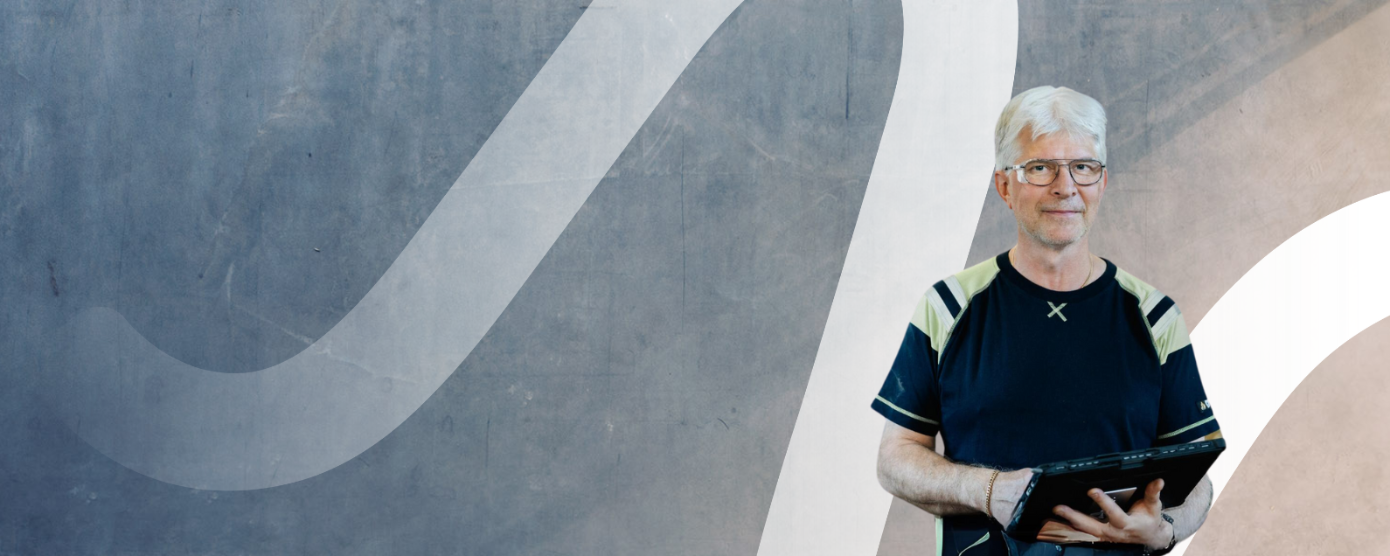-
Products
- Products
- Fire resistant cables
- Power cables 1-145 kV
- Building cables
- Pre-wired installation cables in conduits
-
Specialty LV cables and flexible cords
- Overview
- TITANEX® H07RN-F 450/750 V
- H03V2V2-F (RKK 90) 300/300 V
- H03VVH2-F (SKX-U) 300/300 V
- H05V2V2-F (RKK-S 90GR) 300/500 V
- H05VVH2-F (RKX) 300/500 V
- H05VV-F (RKK) 300/500 V
- H03V2V2H2-F (SKX-U 90GR) 300/300 V
- H03VV-F (SKK) 300/300 V
- PUREAX (H07BQ-F)
- RKX 90
- S03Z1Z1H2-F (SQX) 300/300 V
- H05Z1Z1-F (RQQ) 300/500 V
- Robotic lawnmower wire H05Z1-K (RQ) Tinned 300/500 V
- NOAC-E HFFR 300/500 V (S05Z1A7Z1-F)
- Telecom - LAN - security
- Industrial cabling
- Accessories
- Your business
- News
- Support and Tools
- We are Nexans
- Sustainability at Nexans 2025
- Search
- Contact us
- Compare
- Sign in
Nexans ECOCALCULATOR™
Optimize the energy efficiency of your installation

With Nexans ECOCALCULATOR™, Nexans has developed a simple online tool that shows how much energy (expressed in kWh and SEK) is saved annually when choosing a cable with a larger cross section. Nexans ECOCALCULATOR™ focuses on energy losses during the use phase, as the environmental impact of an electric cable arises predominantly at this stage. The tool is a good help in choosing the best cable solution to reduce energy losses and thus also CO2 emissions. In addition, the payback time for the alternative cable choice and what the ultimate gain is over the entire life of the installation is also calculated.
Prevent energy losses
A cable that heats up loses energy. To limit energy losses, simply avoid this Joule effect by choosing a larger cable section.
The Joule effect: What’s that again?
Simply put, when current flows through a conductor, it heats up. And the warmer the conductor, the higher the resistance and consequently you lose electrical energy.
The solution?
Ensure that the cable doesn’t heat up (quickly). The easiest way could be to choose a section larger than what you would need based solely on the power required.
A larger section? That’s much more expensive!
Not necessarily, viewed over the entire life of the installation. You might be surprised at how fast you get a return on investment.
With EcoCalculator, Nexans has developed a simple online tool that shows how much energy (expressed in kWh and euros) you save annually with a larger section. Furthermore, we also calculate the payback time of this alternative cable choice and what the ultimate profit is over the entire life of the installation.
A lot of energy gains can be reaped, especially with the higher currents, and this translates into a favourable payback time of 2 to 3 years.
Show the calculation to your end customer, he’ll definitely thank you for helping him save energy!
“ Nexans developed ECOCALCULATOR to raise awareness among our sector as much as possible about the added value and the advantages of larger cable sections for the total cost of ownership of an installation over its entire lifespan, because we’ve noticed that too few installers and engineering firms are aware of this and merely focus on the purchase price. ”
User-friendly tool
The calculation assumes that a technical dimensioning has already been made. You select the cable type and area that you have decided to use in your installation.
Then you fill in a number of parameters such as. load, installation length, estimated service life and degree of utilization.
Based on this information, an economic and environmental calculation is made where the results / benefits of each cable that Nexans ECOCALCULATOR™ proposes will be presented according to 3 criteria:
Save energy
- Nexans ECOCALCULATOR™ calculates the potential energy savings in kWh and kronor per year and for the entire life of the installation.
Reduce CO2 emissions
- Nexans ECOCALCULATOR™ calculates how much you reduce carbon dioxide emissions in kg CO2 equivalents.
Save life
- Nexans ECOCALCULATOR™ does the calculation only with halogen free cables.
Our websites
Select your country to find our products and solutions
-
Africa
- Africa
- Ghana
- Ivory Coast
- Morocco
- North West Africa
- Americas
- Asia
- Europe
- Oceania